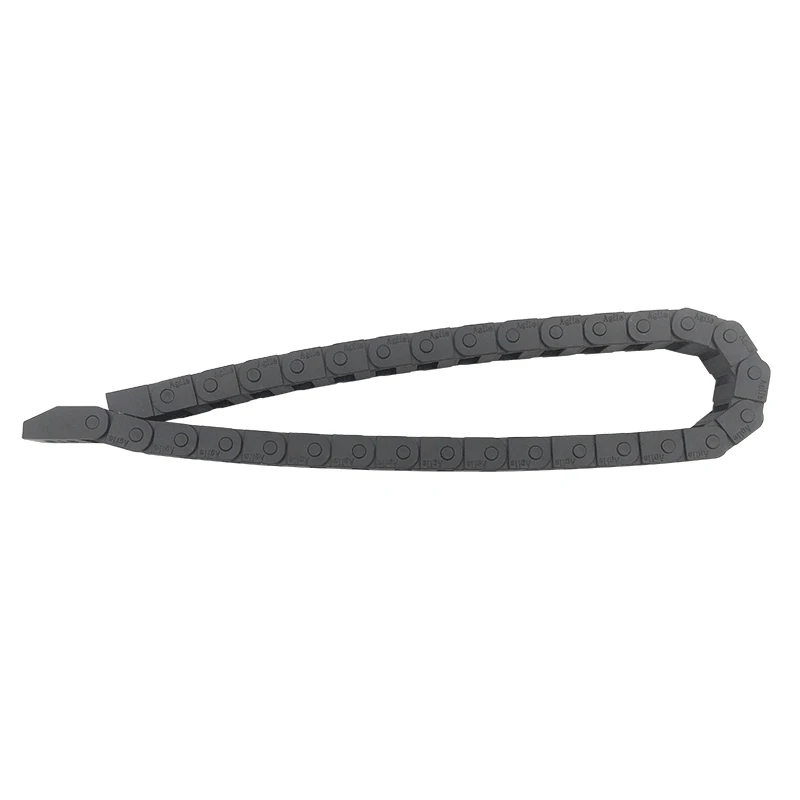Understanding the Functionality and Benefits of Drag Chain Links in Engineering
Understanding Drag Chain Links An Essential Component in Cable Management
In today’s fast-paced industrial environment, effective cable management is more critical than ever. Among the various solutions available, drag chain links stand out for their versatility and efficiency. These innovative components play a pivotal role in protecting cables and hoses in mobile applications, ensuring not only a neat workspace but also prolonged equipment lifespan. This article delves into the functionality, types, and benefits of drag chain links.
What Are Drag Chain Links?
Drag chain links, also known as cable carrier chains or drag chains, are specially designed channels that hold and guide flexible cables, hydraulic hoses, and pneumatic lines. They are commonly used in industries such as manufacturing, robotics, and even in transportation systems. The primary purpose of these links is to prevent tangling and abrasion of cables as they move with machinery, such as robotic arms or conveyor belts.
The structure of a drag chain typically consists of multiple interconnected links which form a hollow channel through which the cables can slide or be fed. The chains can bend in multiple directions, making them ideal for dynamic movements. This adaptability ensures that cables and hoses remain organized and safeguarded against wear and tear.
Types of Drag Chain Links
Drag chain links come in various designs and sizes to accommodate different applications. The most common types include
1. Open Chains These chains have a design that allows easy access to the cables inside. They are ideal for applications where frequent maintenance is necessary.
3. Heavy-Duty Chains Designed for industrial applications that involve heavy machinery, these chains are built from robust materials that can withstand significant stress and wear.
drag chain link

4. Flexible Chains These chains are ideal for situations with limited space, providing high levels of flexibility while maintaining cable protection.
Benefits of Using Drag Chain Links
The implementation of drag chain links offers numerous advantages for industrial setups
1. Cable Protection Drag chain links shield cables from mechanical damage, accidental pulls, and wear over time, significantly decreasing the chances of operational failures related to cable issues.
2. Enhanced Mobility These chains facilitate smooth movement of cables in dynamic applications. The design allows for efficient cable routing in confined spaces, enhancing the overall mobility of machinery.
3. Organization and Safety By keeping cables tidy and in one place, drag chain links reduce the risk of tripping hazards in workplaces. They also promote easy identification and access to specific cables for maintenance or repairs.
4. Life Span of Equipment Properly protected cables and hoses translate to less frequent replacements and repairs, leading to increased equipment longevity and reduced operational costs.
5. Customization Many manufacturers offer customizable options for drag chain links, allowing businesses to tailor solutions according to their specific needs and operational challenges.
Conclusion
In conclusion, drag chain links are a crucial component in modern cable management systems. By providing protection, enhancing mobility, and promoting safety, they contribute to more efficient operations in various industrial applications. As technology advances and industries evolve, the importance of effective cable management solutions like drag chain links will only continue to rise. Investing in these components not only safeguards cables and hoses but also enhances overall productivity, making them an indispensable asset in today's industrial landscape.








